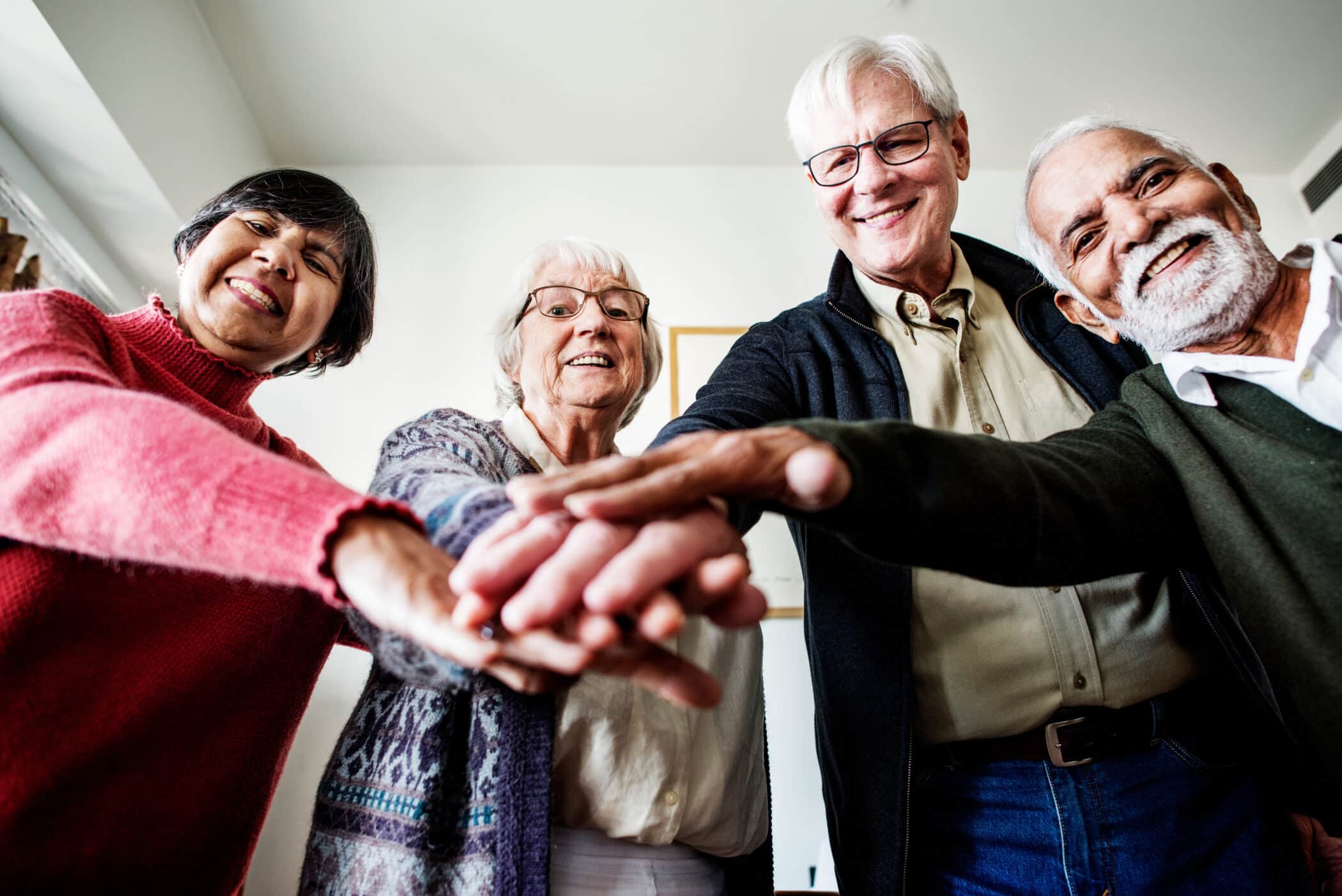The landscape of senior living is continuously evolving, driven by changing demographics, technological advancements, and evolving preferences of seniors and their families. Staying informed about current market trends is essential for senior living communities to remain competitive, relevant, and capable of meeting the diverse needs of their residents. In this article, we will delve into some of the significant market trends shaping the senior living industry today.
1. Age-in-Place Services
One prominent trend in senior living is the increasing emphasis on age-in-place services. Seniors are looking for options that allow them to maintain their independence while receiving necessary care and assistance. Communities are adapting by offering a continuum of care, allowing residents to transition smoothly from independent living to assisted living or memory care as their needs change.
2. Technology Integration
Technology is playing a vital role in enhancing the senior living experience. From health monitoring devices to communication platforms and virtual event tools, technology is improving residents’ well-being, connectivity, and engagement. Communities that prioritize technology integration are better positioned to cater to the tech-savvy preferences of modern seniors.
3. Wellness and Holistic Care
Seniors are increasingly seeking comprehensive wellness programs that focus on physical, mental, and emotional well-being. Communities are incorporating fitness centers, yoga studios, meditation areas, and wellness classes to provide holistic care. Wellness-oriented communities not only attract health-conscious seniors but also support their overall quality of life.
4. Personalization and Customization
Personalization has become a cornerstone of senior living. Communities are offering customizable living spaces and care plans that cater to individual preferences and needs. This trend recognizes that each resident has unique requirements, ensuring they receive the services and amenities that align with their lifestyle.
5. Intergenerational Engagement
Communities are recognizing the value of intergenerational engagement. Programs that involve interaction between seniors and younger generations, such as school partnerships, mentorship initiatives, and collaborative activities, create a sense of purpose and connection for seniors while fostering valuable exchanges between age groups.
6. Sustainable and Eco-Friendly Practices
Environmental consciousness is gaining importance in senior living. Many communities are adopting sustainable practices and integrating eco-friendly features into their designs. From energy-efficient buildings to recycling programs, this trend appeals to environmentally conscious seniors and aligns with broader societal shifts towards sustainability.
7. Cultural Sensitivity and Inclusivity
Cultural sensitivity and inclusivity are shaping the way senior living communities operate. Recognizing the diverse backgrounds of residents, communities are offering culturally relevant activities, dietary options, and celebrations. This approach creates an inclusive atmosphere where all residents feel valued and understood.
8. Culinary Experiences
Seniors are seeking culinary experiences that go beyond basic meals. Communities are focusing on providing diverse and gourmet dining options that cater to a range of tastes and dietary requirements. Culinary offerings not only contribute to residents’ satisfaction but also serve as a social and cultural focal point.
9. Aging-in-Community Concepts
The concept of aging-in-community is gaining traction. These are communities designed to support residents as they age, providing resources, activities, and services that encourage healthy aging and social interaction. Aging-in-community models create environments that foster companionship and mutual support among residents.
Staying abreast of current market trends is essential for senior living communities to remain competitive and relevant in an ever-changing industry. The trends mentioned above highlight the shifting priorities of seniors and their families, emphasizing individualization, technology integration, wellness, sustainability, and intergenerational engagement. By embracing these trends, senior living communities can create environments that resonate with modern seniors, providing them with the quality of life and care they deserve.





